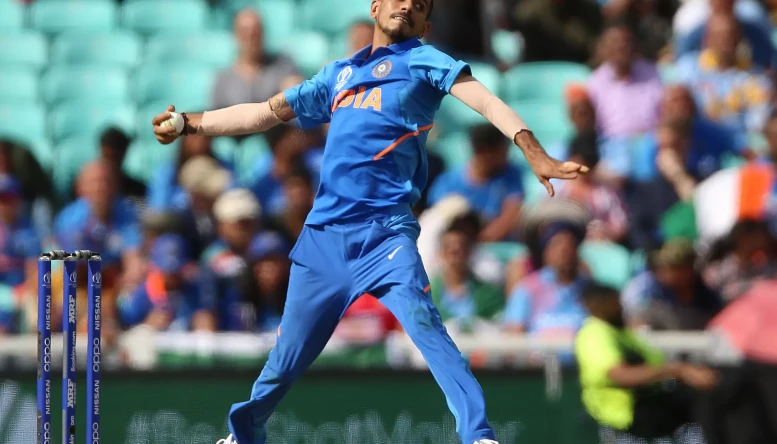T20 World Cup 2022: Are Wrist Spinners an advantage or a burden for the T20?
What comes to your mind when you know you have a T20I cricket match against countries like India, Sri Lanka, Afghanistan, Australia or England?
 Yuzvendra Chahal
Yuzvendra ChahalThe spin wizards these teams will launch on your batting line-up.
Yes, these teams have world-class pacers, but the primary trouble for you as team management comes in planning against the spinners in these teams.
These teams have the best spinners currently in the world, and all of them are wrist spinners. You’ll never know, one googly from them when that ball hit your pad or went into the stumps.
Yuzvendra Chahal, Wanindu Hasaranga, Rashid Khan, Adam Zampa, and Adil Rashid have sometimes been the most critical wicket-takers for their teams, while sometimes the most wicket-takers in the whole tournament.
But this was not the case long back a decade ago. There was dominance, finger spinners, and wrist spinners were not considered fit for the shorter format like T20I.
Wrist Spin: The art of creating suspense till the ball has landed on the ground.
The expectation was that, as games became shorter, the wrist spinner would go out of business.
But in this decade of T20I-dominated cricket, batters have gained enormous confidence in clearing the boundary. All the seek is a good-length delivery, and if the ball “is in the slot”, the ball will not stop before the boundary rope.
Finger spinners, because of this, have become too predictable. The balls look straight coming down to them, and batters know where they will turn. They can step out or easily place the ball in the gap by a cut or the most dangerous sweep.
But not anymore, and that’s why all these top teams have wrist spinners as guaranteed wicket takers.
No wrist spinner means no googly, and that isn’t good.
Wrist spinners have mastered the art of googly, which is the primary reason for the turnaround.
Finger spinners only have variations such as arm ball and carrom ball, whereas wrist spinners have plenty in their wizard tricks- such as Topspin, Flipper, quicker one, and googly.
The primary threat to any batter from wrist spinners is that they can mix up their deliveries anytime during their action. First, it’s hard to read and second, you don’t know where that ball will turn after the pitching.
Wrist spinners, with their round-arm action, can impart more side spin on the ball and, in turn, get a variable bounce even on pitches that are not helpful to spinners.
Do they get hit for more sixes?
Getting hit for a six is in the very nature of T20 cricket. Sometimes, the ball from a wrist spinner falls short, and they go for a six, but sometimes they also take hat tricks. Having an asset that can create chances of wickets 24 times in the whole match is a no-brainer asset.
India has always kept one or other wrist spinner, and so have teams like Sri Lanka, Australia, and England. Rashid Khan has become the most robust icon of spin bowling worldwide.
In this T20I World Cup, we’ll see many more googlies and wickets from this spin-wizard taking their team forward in the tournament.
संपादक की पसंद
- 01
Indian Premier League: आईपीएल नीलामी में दसुन शनाका को नही मिला कोई खरीददार
- 02
SA20 League: दो दिन बाद शुरू होगी SA20 लीग, जानिए स्क्वॉड और स्टॉफ
- 03
India vs Sri Lanka: सूर्यकुमार यादव और अक्षर पटेल ने विराट कोहली-रवींद्र जडेजा के करियर पर लगाया सवालिया निशान?
- 04
FA Cup: ग्राहम पॉटर और उनकी चेल्सी टीम को करिश्में की जरूरत है
- 05
Cricket News: आवेदन की अंतिम तिथि 26 जनवरी है; महिला IPL के लिए पहली नीलामी फरवरी में होगी